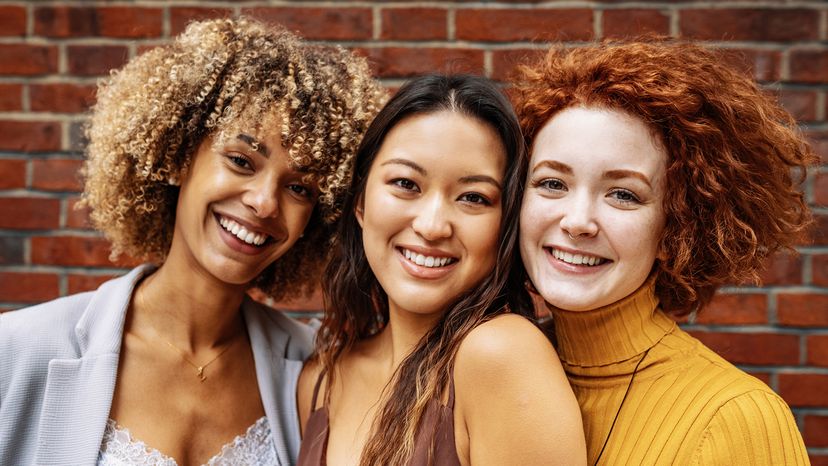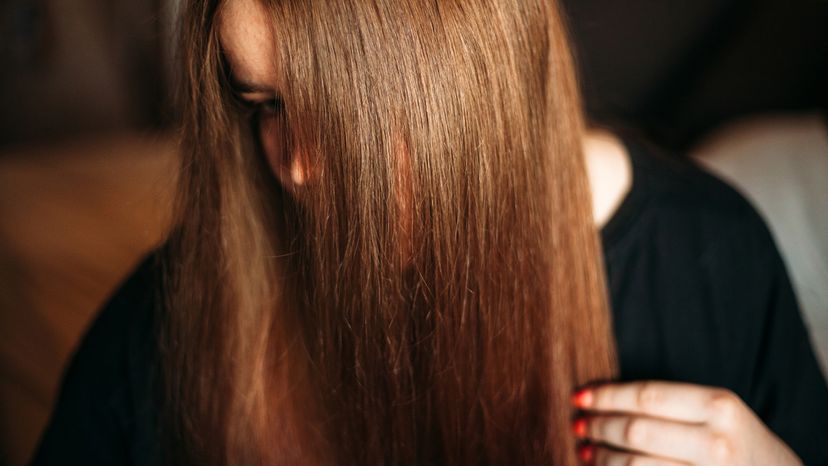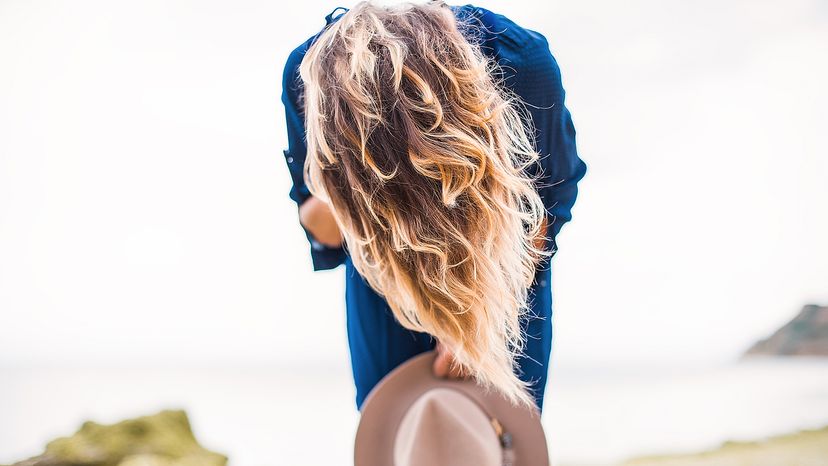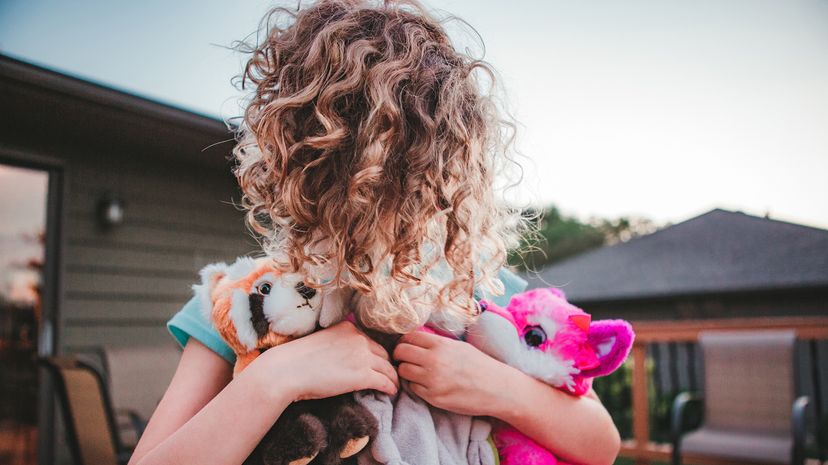
Hair is one of the most expressive parts of our bodies. It's a living record of our genetics, our environment and even what we had for lunch (hello, greasy roots). With all the diversity in the world, how do we begin to categorize the many types of hair out there?
Scientists, hairstylists, and beauty enthusiasts have tried to break down hair characteristics into understandable buckets. These categories consider everything from curl pattern to hair density to how your hair behaves on a humid day.
Advertisement
So let's take a look — strand by strand — at what makes each hair type unique.



